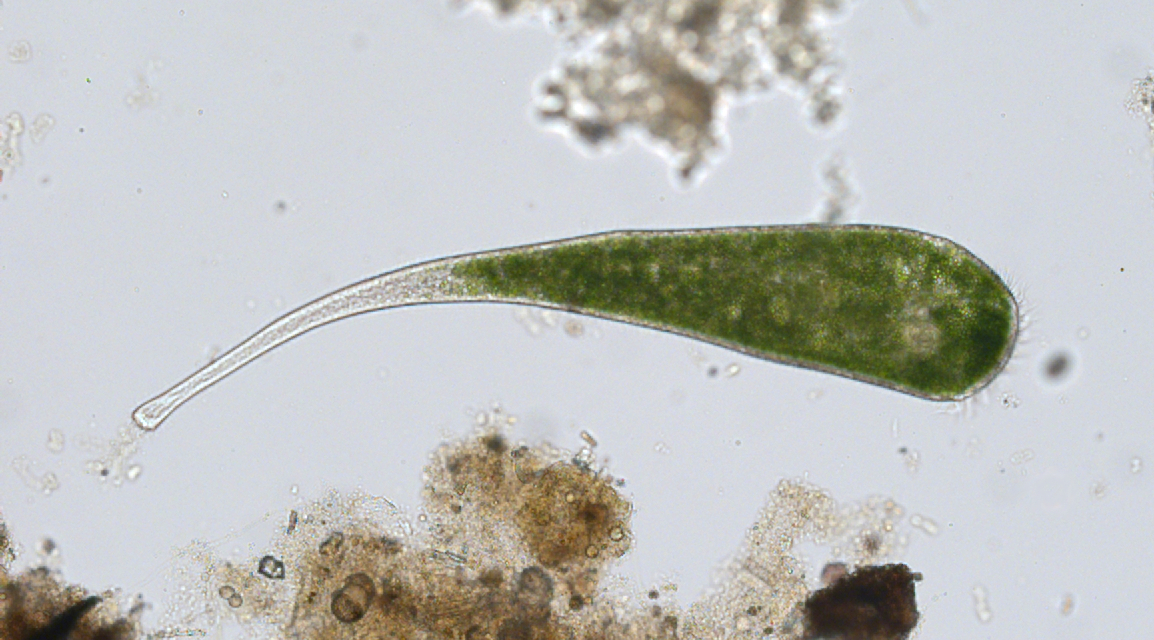Gene expression patterns during regeneration in the Stentor ciliate differs between cellular areas
An RNA-sequencing study led by Thijs Ettema (Uppsala University/SciLifeLab) reveals that the cellular regeneration process of the ciliate Stentor polymorphus brings about a massive transcriptional response. These gene expression changes are also demonstrated to differ significantly between the front and back part of the organism.
Ciliates are water-living unicellular eukaryotic organisms, characterized by the presence of hair-like organelles called cilia. Stentor-type ciliates are known for their ability to regenerate when they are damaged or fragmented.
In the new study, the researchers sequence the transcriptomes of individual Stentor cells isolated from a pond in Uppsala. The Stentors are split in half prior to analysis, resulting in front fragments containing the oral apparatus and back fragments containing the foothold.
Their results reveal over 10,000 upregulated genes throughout the regeneration process. Among these, genes involved in cell signaling, microtubule-based movement and cell cycle regulation seems to be particular important for Stentor regeneration. About nine times as many genes are found to be upregulated in the front fragments compared to the back ones, indicating that restoration of the oral apparatus is particularly complex.
This study presents several candidate genes for further studies of the regeneration process. As it also generates transcriptome data from separate Stentor cell fragments, it paves the way for future investigations of transcriptional responses below the level of individual cells.
Read the full paper in Current Biology

Image credit: Henning Onsbring




